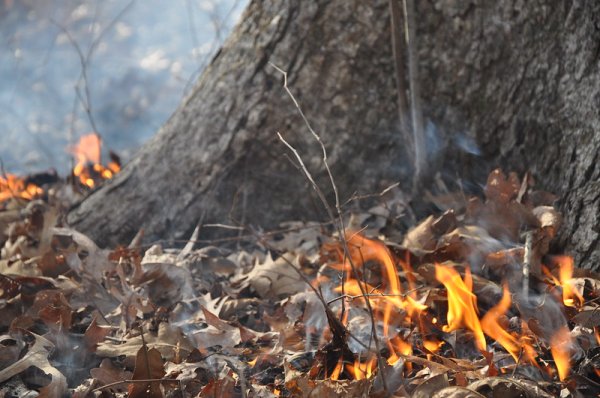
Tick-borne diseases are a serious threat to public health in the United States. Annual cases of Lyme disease in the U.S. are estimated to exceed 480,000 and the number of counties in the Northeastern states that are now considered high incidence for Lyme disease has increased by more than 300% in the past two decades. White-footed mice are important reservoir hosts for the causative agent of Lyme disease and other important zoonotic pathogens.
Recent studies have shown frequent prescribed fires can reduce tick abundance and could be an area-wide control tool for northeastern forested habitats. However, sudden habitat changes may also increase stress in wildlife. Studies have shown an altered immune response in stressed white-footed mice and increased ectoparasite loads in stressful environments. Because ticks must override the host immune system to attach and feed successfully, stress may have an influence on the number of ticks that an animal can successfully carry. Fire may reduce food availability and access to water, or displace rodents into unfamiliar territory which may increase stress and subsequently tick burdens. Conversely, increased foraging may also increase tick burdens.
The objective of this study is to evaluate the impact of prescribed fire on white-footed mouse stress and subsequent tick and pathogen abundance in Pennsylvania. Understanding the impact of fire on the ecology of not only the burned system but also the surrounding sites can help with predicting secondary effects of fire used for tick control.



